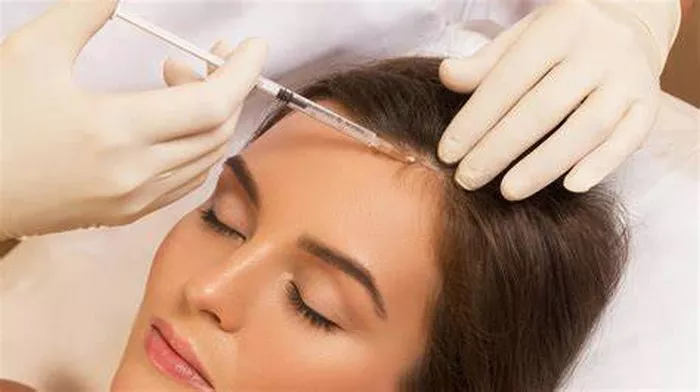The growing emphasis on personal appearance and health in China, fueled by the rise of the “appearance economy,” has created a surge in demand for hair care and aesthetic treatments. As more individuals prioritize their physical looks and seek ways to enhance their confidence, the hair transplant and care market is experiencing unprecedented growth.
A recent report, Research on China’s Hair Care Services Industry 2024, co-published by LeadLeo and Frost & Sullivan, reveals that China’s hair care market has seen remarkable expansion. The market value increased from 58.29 billion yuan ($8 billion) in 2020 to 79.55 billion yuan in 2023, and it is projected to reach 116.54 billion yuan by 2028. The report emphasizes that in the coming years, personalized and customized hair care services will become the driving forces of the market’s evolution. Moreover, the continued development of China’s economy is expected to further unlock growth potential, expanding opportunities for the industry.
The hair transplant sector in particular has experienced significant growth between 2020 and 2023, driven by advancements in minimally invasive and traceless transplant technologies. These innovations have not only improved the results of treatments but also shortened recovery times, making the procedures more appealing to a broader range of consumers. The sector is expected to maintain a rapid growth trajectory, with projections suggesting a market value of 30.4 billion yuan by 2028, representing a compound annual growth rate (CAGR) of 8.5%.
The market for hair transplants in China is currently divided into four main categories, each with distinct market share trends, according to the LeadLeo-Frost & Sullivan report. National hair transplant chains control about 21% of the market, while comprehensive medical beauty institutions hold 30%, and public hospitals with hair transplant departments account for 14%. Smaller, local institutions make up the remaining 35%. National chains have seen a slight decline, with their market share dropping from 24% to 21% following the closure of several new chains in early 2023.
Among the growing demand, hair transplant and hair topper services are particularly popular, with young men aged 25 to 35 leading the way. Males represent 82.6% of consumers in the hair transplant market. Many of these consumers work in high-pressure fields such as IT and finance, which contribute to stress-related hair loss. As a result, they often turn to hair transplant and hairline adjustment surgeries to address their concerns and improve their self-esteem.
Despite the market’s rapid growth, penetration remains relatively low. In 2023, the hair transplant market was valued at just 20.1 billion yuan, catering to only 0.4% of individuals experiencing hair loss. This highlights the untapped potential in the industry, with significant room for expansion as demand continues to grow and new technologies become more accessible.
As China’s hair transplant market evolves, the future looks bright for both the industry and consumers seeking to enhance their appearance, offering exciting opportunities for continued growth and innovation.
You Might Be Interested In:

